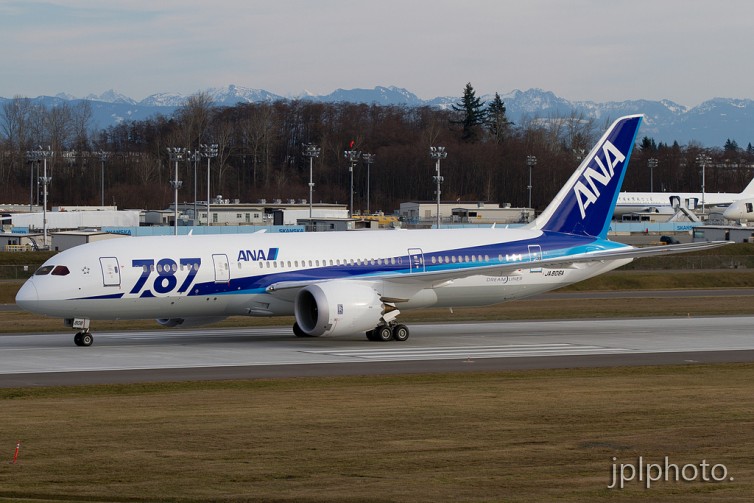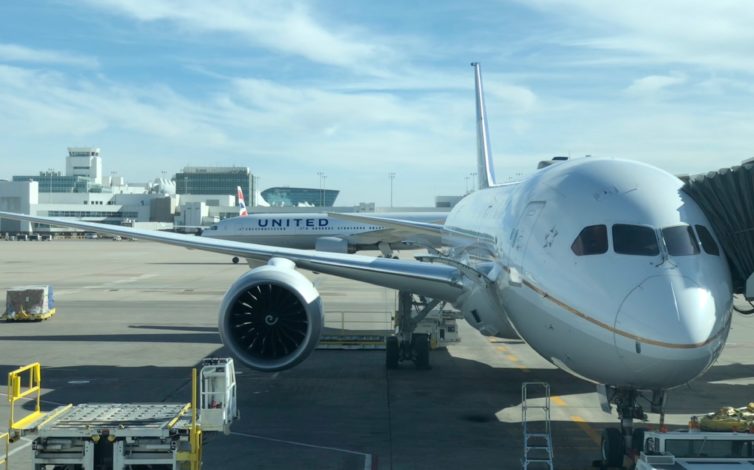
Getting ready for some long-haul flying, a 787-8 is at the gate with a 777-200 domestic in the background.
Domestic aviation in the western United States is a different operation than the population-dense East Coast. With major cities often 1,000 miles apart, often the only way to get between them in less than a day is to fly. Over the years, air traffic to the three largest Mountain West cities – Denver, Phoenix, and Salt Lake City – has increased significantly as the importance of these markets has elevated through sustained and continued growth.
United Airlines has been a dominant force in Denver for many years, with an 80-year history that reaches back into the early years of commercial aviation. It is currently, and by a wide margin, the largest carrier in Denver by passenger enplanements, flights, and revenue.
United’s focus on Denver is no accident; the airport is its most profitable hub, a key part of its route network, and is a focus for continued growth within the airline. As a frequent traveler based in Colorado, I’ve wanted to explore and learn about how United Airlines uses its position in Denver to get people to their destinations, nationwide.
This is the first part of a two-part feature on United Airlines’ operations at Denver International Airport. The second part will cover United’s inaugural 787-8 Dreamliner service to London Heathrow as an example of how United is expanding the reach and prominence of Denver within its network.
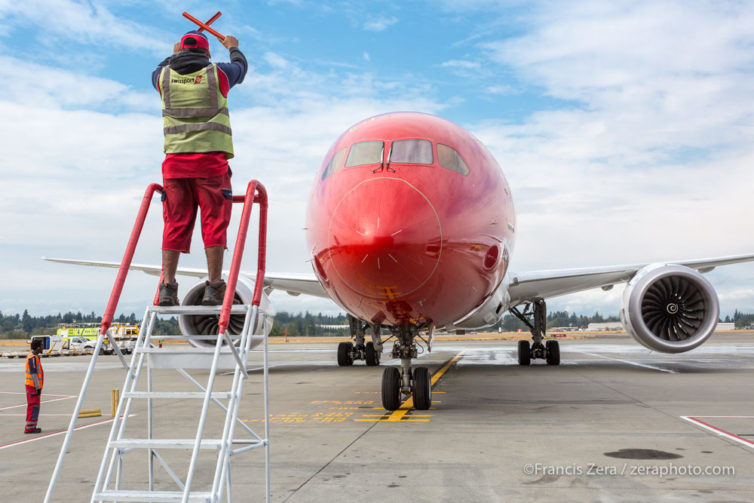
Norwegian’s inaugural flight to Seattle from London Gatwick, a Boeing 789, rolls up to the parking stand
It was a homecoming of sorts (at least for the Everett, Wash.-built 787-9) as Norwegian kicked off new 4x-weekly service from Gatwick to Seattle on Sunday, Sept. 17.
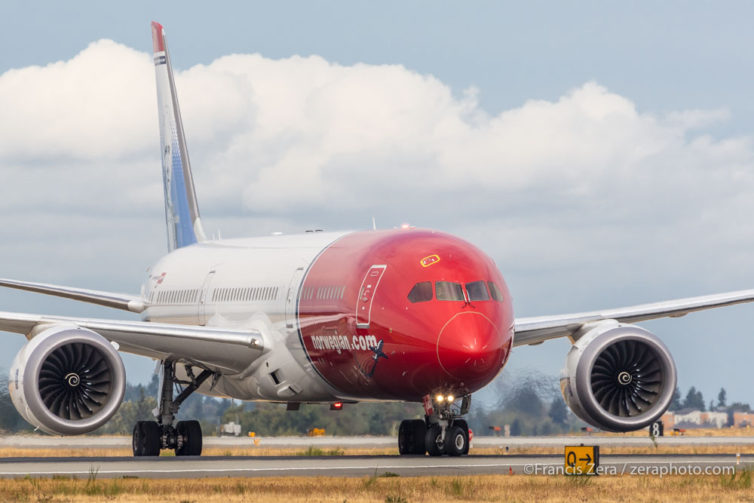
Norwegian flight DY 7131 taxiing after landing at Seattle-Tacoma International Airport. Gotta love those red-headed jetliners.
It was a lovely Seattle morning. The rain that had been forecast was late in arriving, and the plane landed early; everything came together nicely.
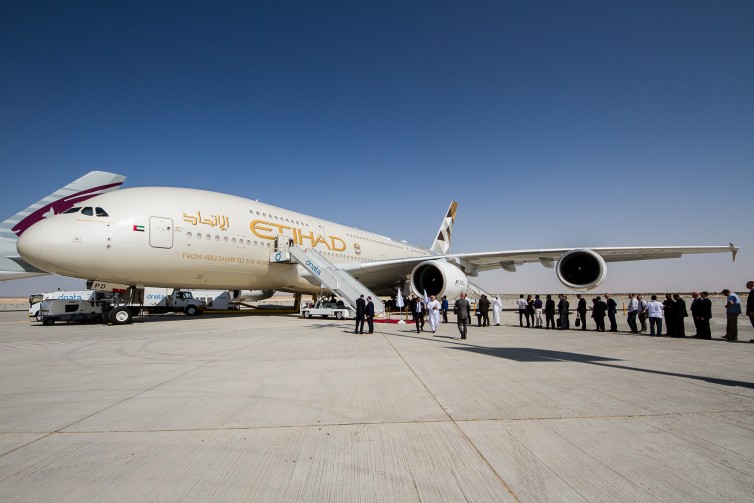
Etihad Airbus A380 in Dubai
It seems like over the last few years, there have been almost weekly announcements of new routes from one of the ME3, the three major middle east airlines (Qatar, Emirates, and Etihad), to the United States. As of now, these three airlines fly, or have announced, routes from the middle east to the thirteen U.S. cities.
As a Denver-based flyer, I have heard a lot of talk about whether we can expect to see some exciting new liveries at Denver International Airport in the near future. I keep finding myself going back and forth between thinking, “yes, we’ll hear an announcement any day now” and “nope, it’s never going to happen.”
Warning: lots of analysis and numbers below. If you want the short version, skip down to the bottom. Otherwise, settle in and let’s look at some numbers.
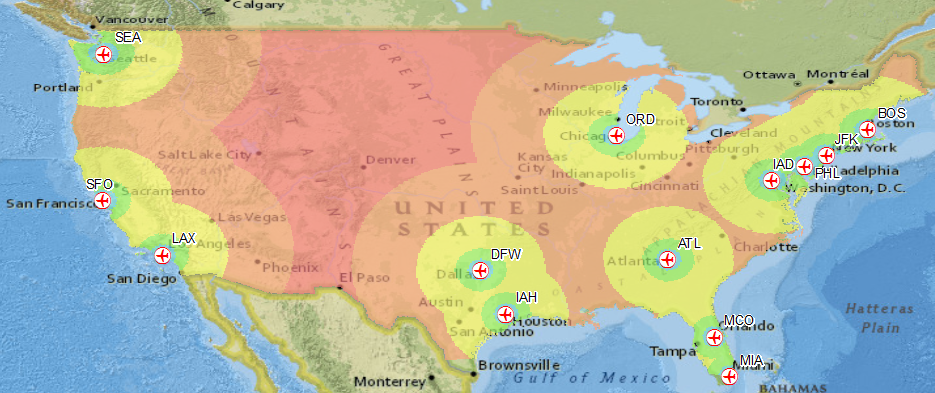
The geographic reach of the ME3 airlines in the U.S. – Image: David Delagarza | AirlineReporter
As an engineer, I decided to do what I do best – start analyzing things and putting some numbers on paper. The first thing I did was chart the geographic reach of the ME3 within the United States. That resulted in the map above. The green areas are within 100 miles of an ME3-serviced airport, the yellow areas are 100-to-250 miles out, orange areas are 250-to-500 miles out, and the red areas are more than 500 miles away from any ME3-serviced airport.
Combining this information with the 2010 U.S. Census data gives us some interesting numbers. Of the U.S. population in the lower 48 states, approximately 44% live within 100 miles of an ME3-serviced airport, 64% live within 200 miles, and 95% live within 500 miles.
When two AirlineReporter writers decide to go on a weekend guys trip, the possibilities are endless. The thing is – we don’t mind long flights, crazy routing, or extended layovers – after all, that’s all part of the adventure.
It’s amazing how much ground you can cover in a few days, if you really want to. Once we made the decision to go somewhere, Associate Editor, Blaine Nickeson, and I spent a few weeks scouring the internet for decent airfares. We considered various destinations across five continents. Finally, something really interesting (and cheap!) popped up: Denver to Tokyo on United’s 787-8 connecting on to Kuala Lumpur, Malaysia on ANA’s 787-8.
One stop from Denver to a city nearly on the other side of the world? Oh yeah, this is the kind of stuff the Dreamliner was built for.
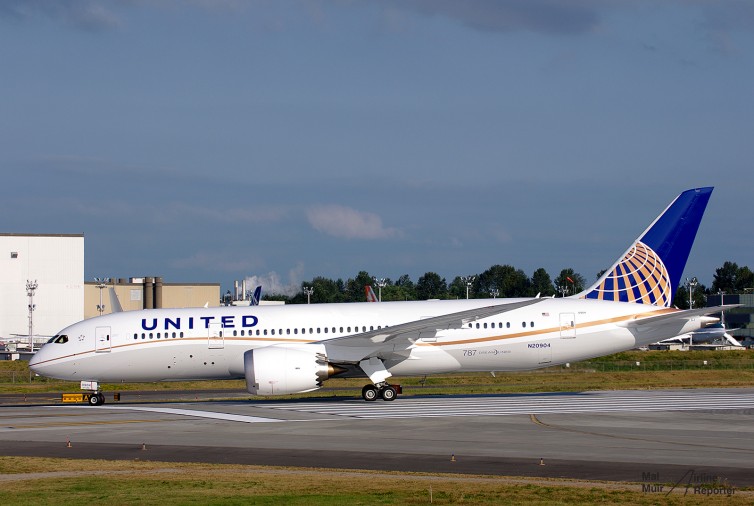
United Airlines’ first 787 at Paine Field – Photo: Mal Muir | AirlineReporter
THIS is the route that the Boeing 787 Dreamliner was built for. Flying between Tokyo and Denver, you need a special kind of aircraft. Something that is super-efficient, able to deal with Denver’s high altitude and summer heat, and right-sized for the market. The 787-8 checks all of those boxes.
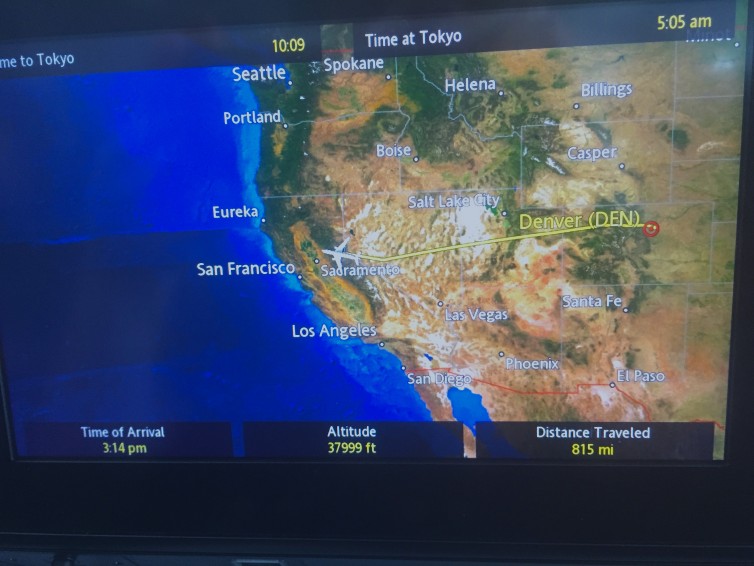
Luckily, the 787 has the legs for some wonky routings from Denver due to winds – Photo: Blaine Nickeson | AirlineReporter
Recently, I planned a trip with friend (and fellow Denver-based AirlineReporter writer), Dave Delagarza. Our wives were not thrilled to care for the young kids during the trip, but we’d be gone for less than 72 hours. In that period of time, we flew nearly 20,000 miles to Kuala Lumpur, Malaysia and back, all on 787-8s (of both the United and ANA variety). This helped us both re-qualify for our elite status levels with United, our dominant carrier here in Denver.





